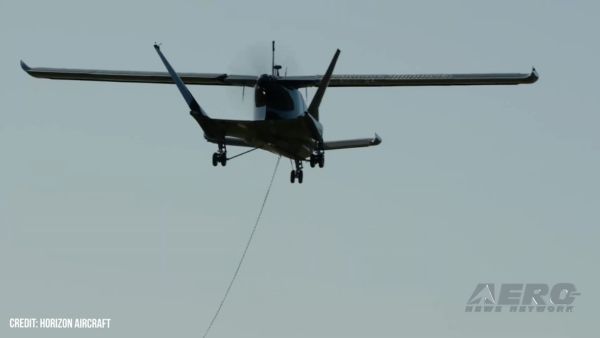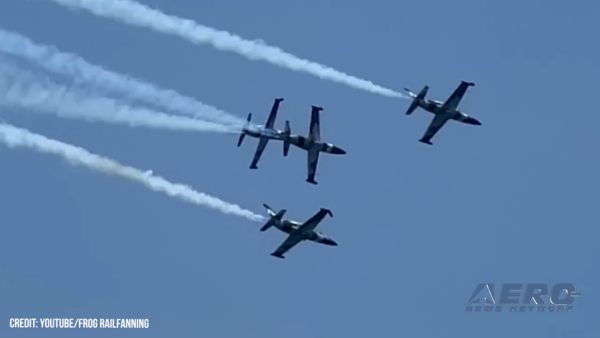Painkillers, Anti-Depressants, Anti-Seizure Meds Found During
Autopsy
When Robert Monaco's Beechcraft B200 went down in Leominster
(MA) last year, he had traces of morphine, desipramine, imipramine
and carbamazepine in his system. The crash killed five people,
leaving just one survivor.
The NTSB factual report states:
Hospital and pharmacy records maintained on the pilot were
obtained and reviewed by the NTSB Medical Officer. According to
hospital records, the pilot was examined on January 29, 2002. The
entry stated that the pilot presented with symptoms of, "head to
toe body aches...explosive headaches...episodes of not knowing
where he is...Medical History...Seizure...Migraine..." The entry
further stated that current medications included Tegretol
[carbemazepine] and aspirin. A spinal tap was performed on the
pilot, and he was diagnosed with viral meningitis.
On January 23, 2003, a plastic surgery entry stated that the
pilot was examined for multiple abscesses on his right upper
extremity. The doctor recommended incision and drainage, dressing
changes, and admission for intravenous vancomycin. The pilot
refused treatment, informing the doctor that he needed to work the
following day. The doctor emphasized the risks of refusing
treatment, which included "systemic infection, endocarditis,
sepsis, necrotizing infection risking viability of right arm and
requiring wide debridement." The doctor's note indicated that he
"advised patient of risks of flying (piloting an airplane) if
bacteremia develops."
The survivor, Tora Fischer, said the aircraft made several sharp
left turns, banking to the point of almost being inverted,
according to the NTSB report. The aircraft plowed into a building
in Leominster, sparking a massive fire and killing five of the six
people on board. Dead were Monaco, 49, developer M. Anthony Fisher,
52, and his wife Anne, who were flying their daughter Tora to a
private school. Also killed were Michael Campanelli, 36, and Thomas
Fox, 50, both of New York, and the co-pilot, Eric Jacobson, 30, of
Peabody.
The NTSB factual report
also indicates Monaco might have entered an "accelerated maneuver
stall."
A review of FAA-H-8083-3, Airplane Flying Handbook,
revealed:
"...At the same gross weight, airplane configuration, and power
setting, a given airplane will consistently stall at the same
indicated airspeed if no acceleration is involved. The airplane
will, however, stall at a higher indicated airspeed when excessive
maneuvering loads are imposed by steep turns, pull-ups, or other
abrupt changes in its flight path. Stalls entered from such flight
situations are called "accelerated maneuver stalls..."
"...Failure to take immediate steps toward recovery when an
accelerated stall occurs may result in a complete loss of flight
control...
"...At any given airspeed, the load factor increases as angle of
attack increases, and the wing stalls because the angle of attack
has been increased to a certain angle...The speed at which a wing
will stall is proportional to the square root of the load
factor."
According to the load factor chart in FAA Advisory Circular
61-23C, Pilot's Handbook of Aeronautical Knowledge, a bank angle of
45 degrees will produce a load factor of 1.4, a bank angle of 60
degrees will produce a load factor of 2, and a bank angle of 80
degrees will produce a load factor of 6 (or 3 times the stalling
speed).
 ANN's Daily Aero-Term (05.17.24): Very High Frequency
ANN's Daily Aero-Term (05.17.24): Very High Frequency ANN's Daily Aero-Linx (05.17.24)
ANN's Daily Aero-Linx (05.17.24) ANN FAQ: Submit a News Story!
ANN FAQ: Submit a News Story! Classic Aero-TV: ANN Visits Wings Over The Rockies Exploration Of Flight
Classic Aero-TV: ANN Visits Wings Over The Rockies Exploration Of Flight Airborne Affordable Flyers 05.16.24: PRA Runway, Wag-Aero Sold, Young Eagles
Airborne Affordable Flyers 05.16.24: PRA Runway, Wag-Aero Sold, Young Eagles


